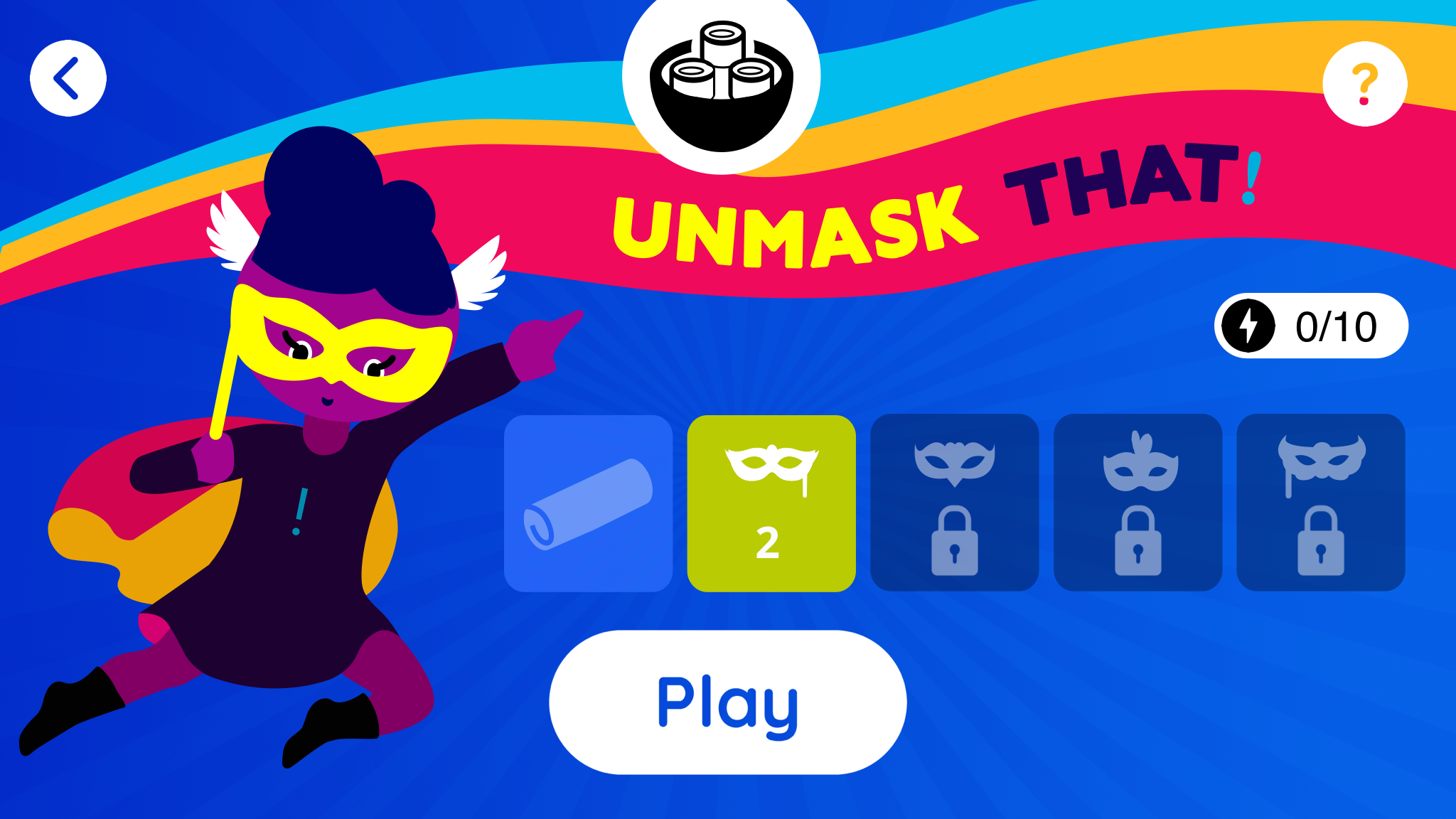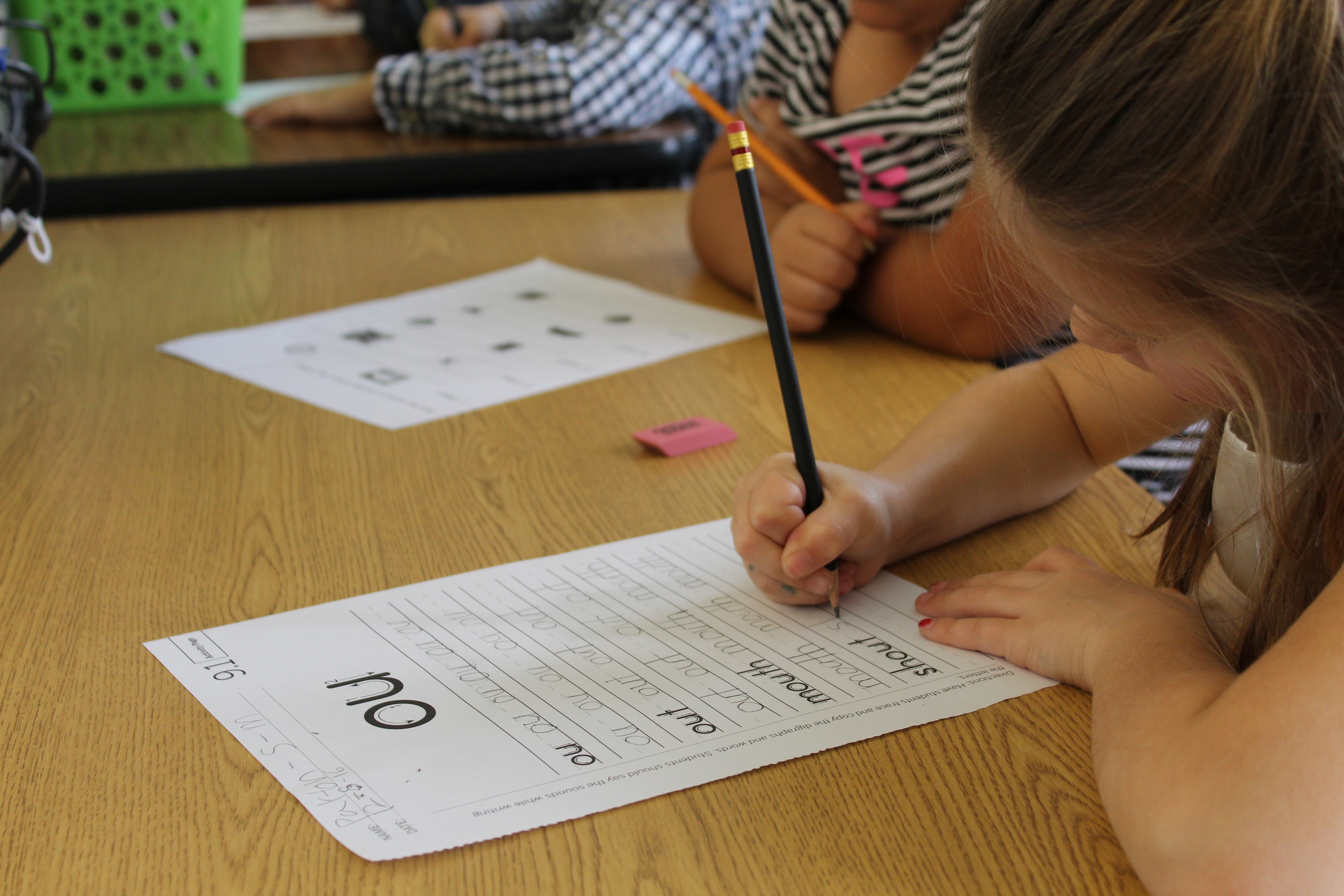Over the course of this series, we have explored numerous questions about gaming and learning. We started by asking how a phenomenon such as gaming has garnered such global appeal. We defined the terminology and buzzwords currently floating around in an attempt to reduce commonly-held misconceptions. We examined past and current research associated with learning with the use of games to underpin our efforts. The series also covered how to look and evaluate potential games and offered advice for parents about gaming’s hidden potential for learning with some guidance to consider. Now, it is time to explore some potential strategies for incorporating games into a learning activity. What follows is a list of potential ways and suggestions to go along with each method.
A Versatile Learning Approach
Not all students work at the same pace. Often, transition time, where students may be waiting for the next activity, must be accounted for. This situation can occur when a student is confused by the content and is waiting for assistance from the teacher, or when a student has completed all their work early. Games have the potential to be used as challenging, enrichment work for learners that have finished their main lesson work early. Games can also be used as an intervention strategy for struggling learners without isolating them from the rest of their learning community.
Today’s generation of learners are transfluent, meaning their physical lives and digital lives are so effectively integrated that switching from one to the other is second nature (Schaaf & Mohan, 2017). Many games offer a flexible and adaptable level system so the student is never experiencing something that is too difficult or too easy. By integrating digital games into our instruction we can offer individualized education for each student and at every level. This can add a modern element to small group instruction and provide easy transition for our early finishers. The use of computer stations, Chromebooks, tablets, or even a device brought from the student’s home, will allow students to easily access digital games during these transition times.

Amplify Reading is a prime example of a program with an adaptive level system that can offer individualized instruction for each student. Because students are set on a personalized learning journey through the more than 40 games in Amplify Reading, teachers can direct students to the program for independent practice while feeling confident that students are practicing content that’s right for them.
“The students love it. It's engaging and provides differentiation for the many levels in my class.” - Second grade teacher, Taos, NM
Player One or Player Two
Many curriculums and school districts require teachers to meet with small learner groups to teach or reteach skills. One of the challenges many teachers face is how to keep the remainder of the class engaged in meaningful work that doesn’t require direct help from the teacher. Some common challenges are that the work is finished too quickly or the work is too challenging. This leaves many learners asking, “what should I do?”. Since teachers are often working with a small group of learners, they want to avoid constant interruptions or distractions. Digital games are a great way to provide these students with engaging, self-regulated, meaningful independent work. They can either work independently or with a partner using a variety of games (both digital and non-digital). To ensure that students are feeling comfortable with the material and the technology, have learners keep a game diary, perform a self-evaluation, or complete a journal activity to document their progress. Many games even offer the teacher progress monitoring to check that students are completing the work effectively and determine if the challenges are too easy, too challenging, or just right for the player.
A Learning Event
Digital gaming offers a real-world application for many concepts. Often, games mimic real-life situations in a way that traditional work assignments cannot. Providing our students with the freedom to try, fail, reflect, and try again while exploring class content is a valuable opportunity.
Lessons in the traditional mindset of school are made up of sequential, step-by-step events that connect together. The various instructional events guide learners through a progression from the beginning to the end of instruction. The different types of events vary greatly: discussions, projects, observations, journal entries, experiments, reading passages, watching videos, listening to podcasts...the list goes on and on. Playing a game can easily be added to this list of potential learning events during the lesson.
A short form game, one that is easy to pick up and master in a short period of time, (Schaaf & Mohan, 2017) is a great alternative to the typical paper and pencil tasks performed during a lesson. As students are engaging in gameplay, the educator circulates the room to ask questions, helping students to recognize their purpose for the game play. After giving students time to explore gameplay, the teacher brings everyone together to conduct a reflect. Students should receive guidance in making connections to past and future lessons.
During the next post in the series, we will explore some additional strategies for incorporating digital learning games into instruction.

 At Amplify, we are committed to the educational potential of learning through digital gameplay. Amplify Reading is a cutting-edge digital curriculum for grades K-2 that teaches critical literacy skills by taking kids on a magical reading adventure.
At Amplify, we are committed to the educational potential of learning through digital gameplay. Amplify Reading is a cutting-edge digital curriculum for grades K-2 that teaches critical literacy skills by taking kids on a magical reading adventure..png)

